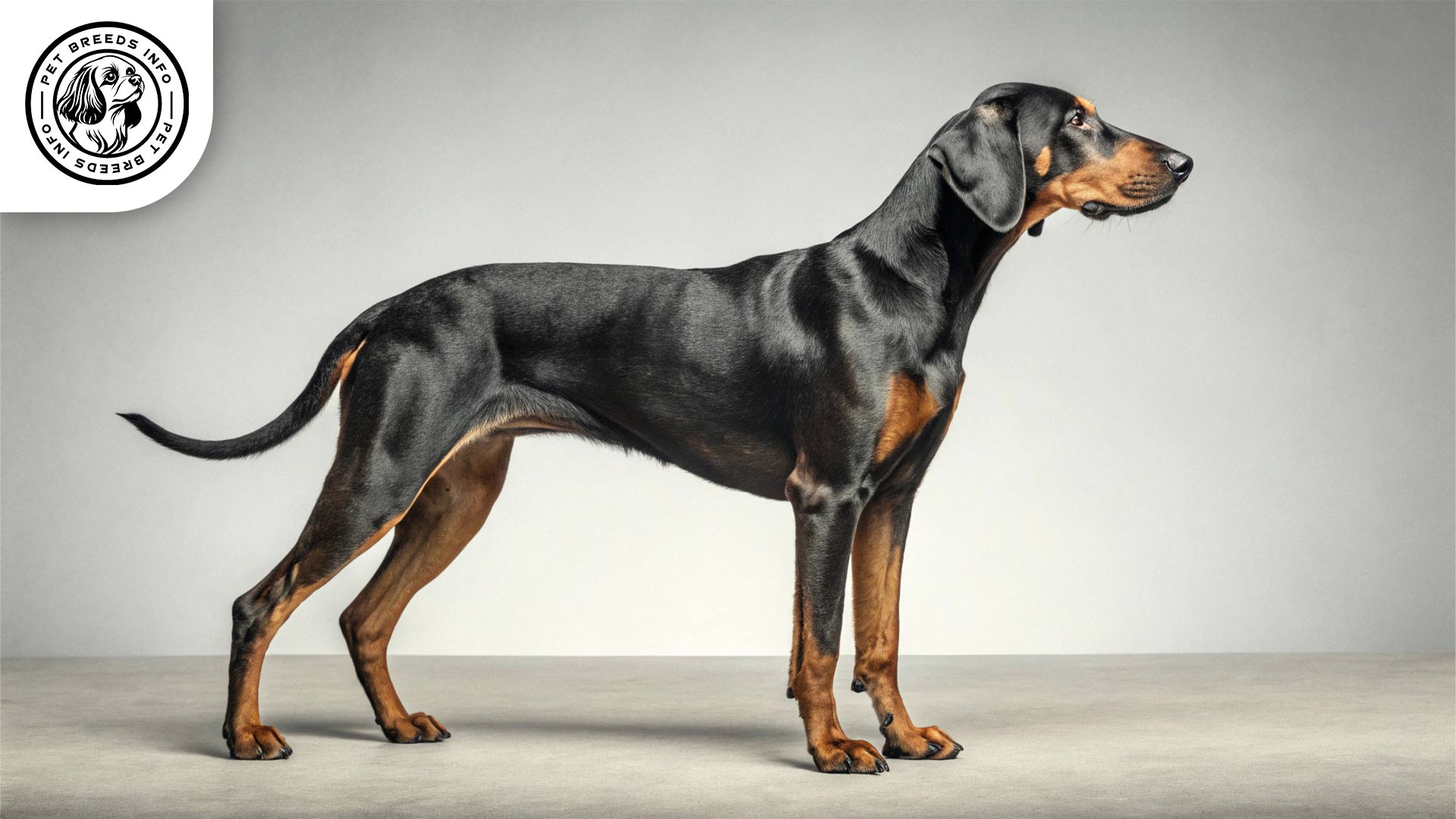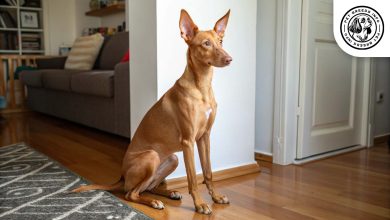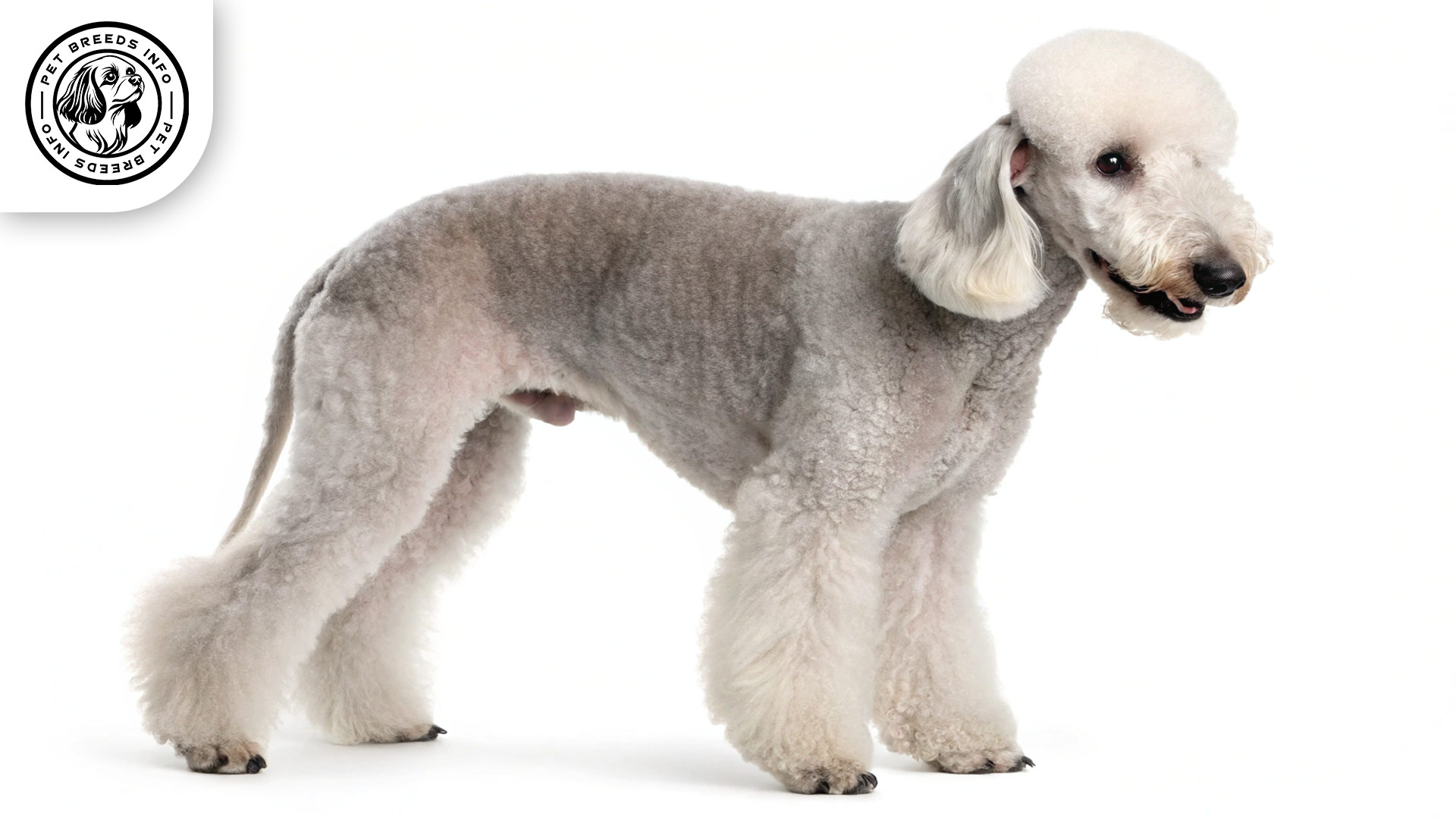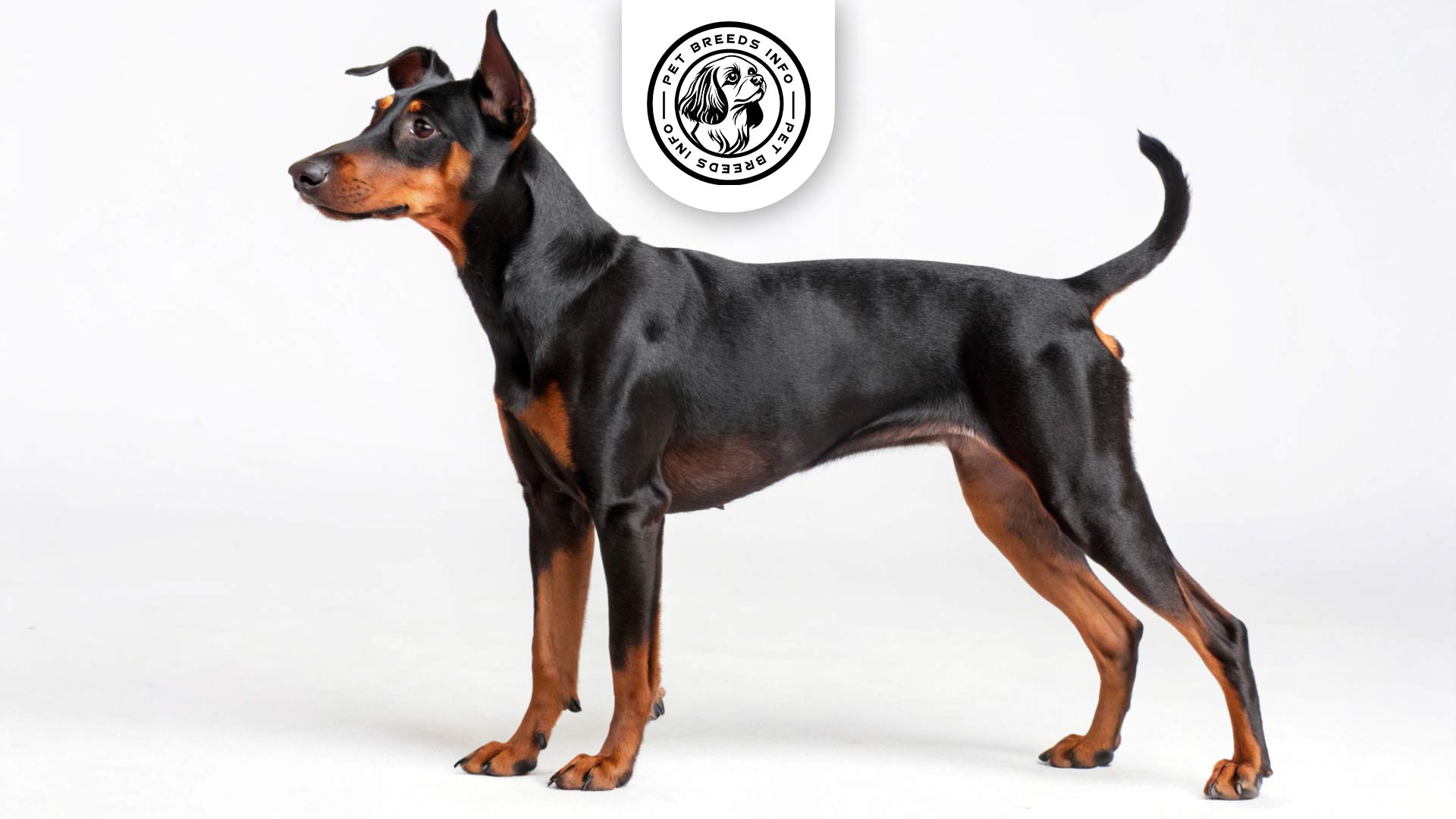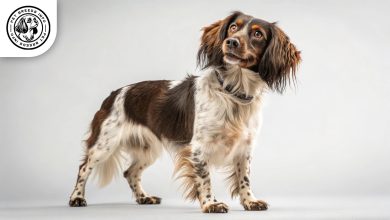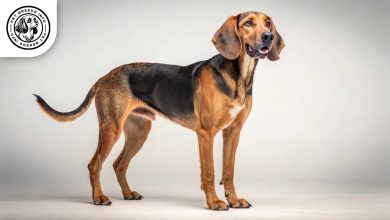Lithuanian Hound Dog Breed: Size, Price & Personality
General Introduction of the Breed
The Lithuanian Hound, known as “Lietuvos Skalikas” in its native language, is a rare hunting breed from Lithuania. This breed was developed primarily for hunting small and large game, making it a valued hunting companion for centuries. Its origins date back to medieval Lithuania, where selective breeding helped refine its tracking abilities, endurance, and resilience. Despite its strong hunting heritage, this breed remains relatively unknown outside Lithuania.
Table of Contents
| Weight | 55-66 lbs (25-30 kg) |
| Lifespan | 12-15 years |
| Diet | High-protein kibble, wet food, raw diet |
| Care | Moderate grooming, daily exercise needed |
| Health | Prone to hip dysplasia, ear infections |
| Color | Black with tan markings |
| Nature | Loyal, energetic, intelligent |
| Price | $500-$1,500 |
Physical Characteristics
The Lithuanian Hound is a medium-sized dog with a balanced and athletic build. Males typically stand between 22 and 24 inches (55-61 cm) at the shoulder, while females range from 20 to 22 inches (50-56 cm). Weight varies from 55 to 66 pounds (25-30 kg).
This breed has a short, dense coat that provides protection against harsh weather. Coat color is predominantly black with distinctive tan markings on the face, chest, legs, and beneath the tail.
The eyes are medium-sized, oval-shaped, and dark brown, giving the dog an intelligent and alert expression. The ears are set high, medium in length, and hang close to the cheeks, enhancing their keen sense of hearing. The tail is long and slightly curved, often carried in a relaxed but slightly raised position.
Other distinct physical features include their strong legs and a deep chest, which contribute to their endurance and stamina in hunting activities.
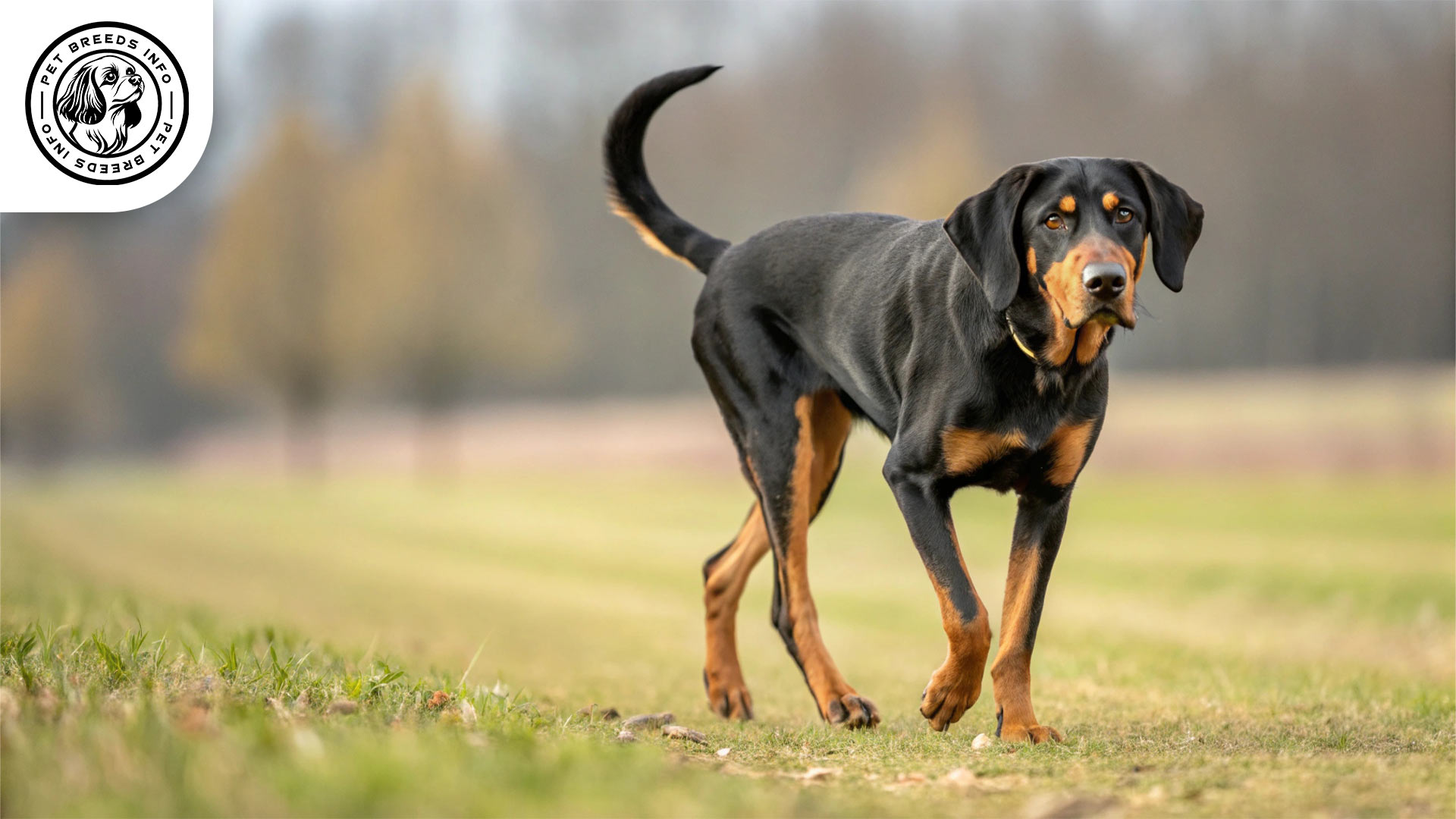
Personality and Temperament
The Lithuanian Hound is an intelligent and highly trainable breed with strong hunting instincts. It is energetic and requires regular activity to stay mentally and physically stimulated.
This breed tends to form strong bonds with its family members and is known for its loyalty and affection. It is generally sociable with people, including children, making it a good family pet when properly socialized.
Since it was bred for hunting, it retains a strong prey drive, so interactions with smaller pets should be supervised. Despite its hunting nature, it can be playful and enjoys interactive games with its owners.
The Lithuanian Hound is relatively resilient but can be sensitive to major environmental changes. A stable home environment and consistent routine help this breed thrive.
Care and Maintenance Requirements
This is a highly active breed that requires daily exercise, such as long walks, jogging, or engaging in scent-related activities. It is best suited for homes with yards or access to open spaces but can adapt to apartment living if given sufficient exercise.
The coat is low-maintenance, requiring only weekly brushing to remove loose hair. It is a moderate shedder and does not require frequent baths unless necessary. Nail trimming, ear cleaning, and dental care should be done regularly to maintain optimal health.
Read More: Keeshond Dog
The Lithuanian Hound is generally tolerant of cold weather due to its dense coat but may require extra care in extreme heat.
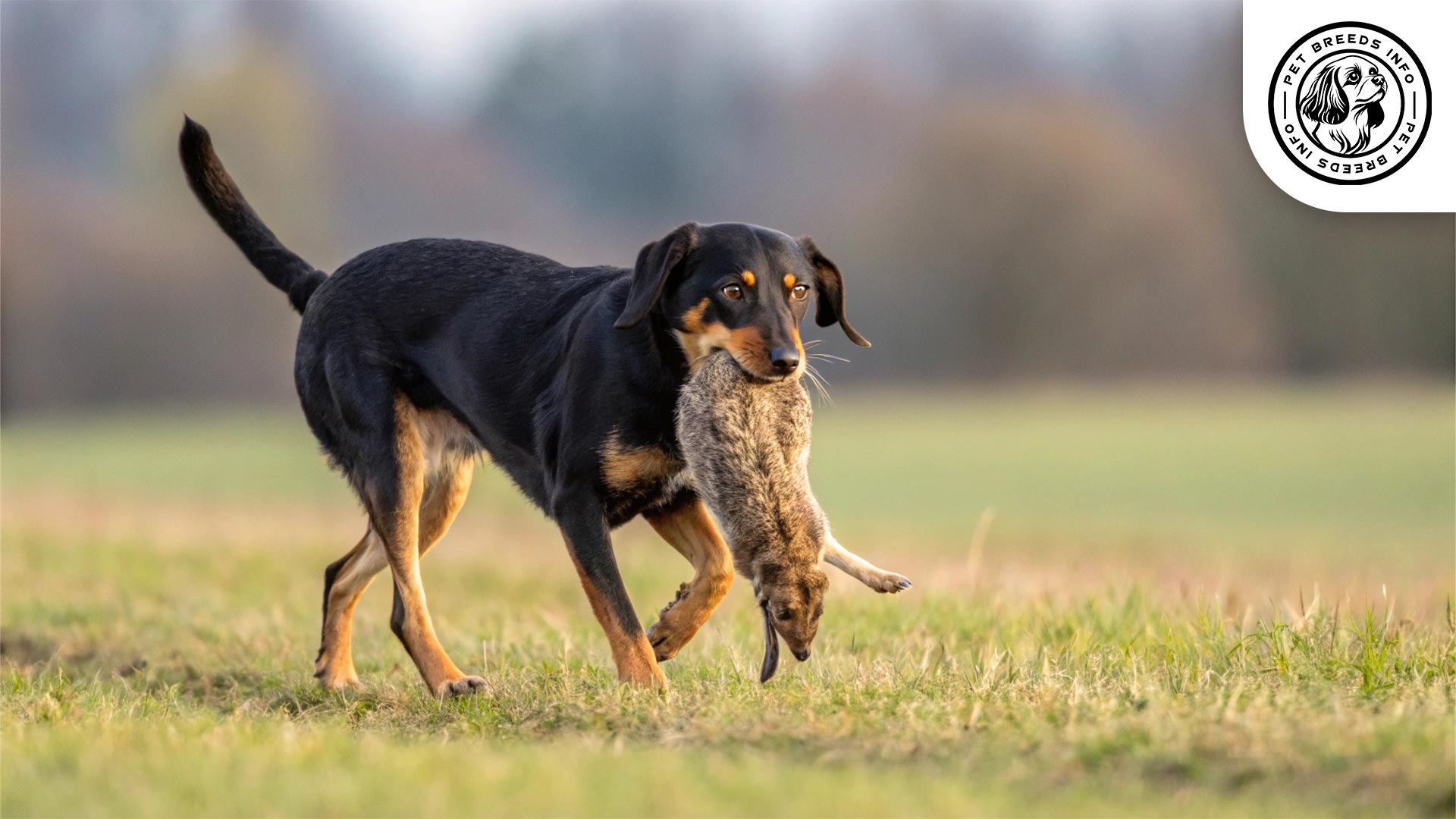
Diet and Nutrition
The Lithuanian Hound thrives on a high-quality diet, whether it is dry kibble, wet food, or a raw diet. A diet rich in proteins and essential nutrients supports its active lifestyle.
Avoid feeding human foods such as chocolate, grapes, onions, and excessive fatty foods. Portion sizes depend on age, weight, and activity level, with two meals per day typically recommended.
Health and Common Medical Issues
While generally healthy, the Lithuanian Hound can be prone to common canine ailments, including hip dysplasia and ear infections due to its floppy ears. Regular vet check-ups can help detect and prevent issues early.
The average lifespan of this breed is around 12-15 years with proper care. Vaccinations, deworming, and parasite prevention are necessary for maintaining overall health.
Training and Behavior Management
The Lithuanian Hound is intelligent and eager to learn, making it fairly easy to train. However, its independent nature means it responds best to consistent and positive reinforcement techniques.
Read More: Kishu Ken Dog
Early socialization is crucial to develop good behavior, especially in homes with children or other pets. Training should focus on recall and obedience, as its hunting instincts can sometimes lead to distractions.
Reward-based training and engaging activities work well to keep this breed motivated.
Interaction with Other Animals and Humans
This breed is generally friendly with children and enjoys human companionship, making it a good option for families. However, due to its strong prey drive, caution should be taken when introducing it to smaller pets.
The Lithuanian Hound is loyal and enjoys being around its family, but it also maintains some independence. It can adapt well to both single-owner households and larger families.
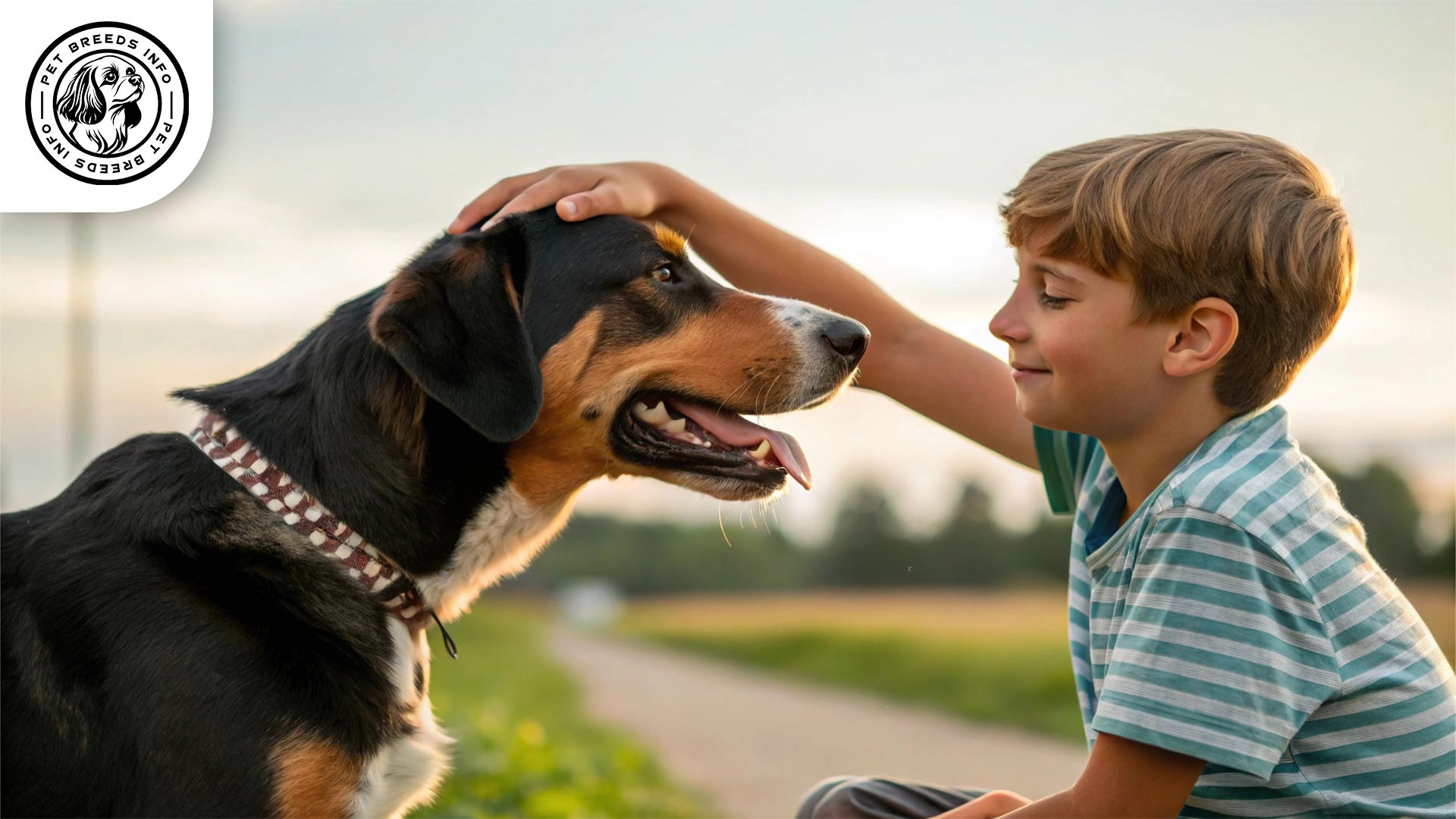
Price and Availability
The Lithuanian Hound remains a rare breed outside Lithuania, which makes finding one challenging. The cost of purchasing a puppy can range from $500 to $1,500, depending on the breeder and pedigree.
When looking for a Lithuanian Hound, it is important to choose a reputable breeder who emphasizes health, temperament, and ethical breeding practices.
Conclusion and Final Thoughts
The Lithuanian Hound is an intelligent, energetic, and loyal breed that excels both as a hunting companion and a family pet. While it requires plenty of exercise and mental stimulation, it rewards its owners with affection and devotion.
This breed is best suited for active individuals or families who can meet its exercise needs and provide companionship. Potential owners should consider its prey drive, activity level, and need for early socialization before bringing one home.
With proper care and training, the Lithuanian Hound is a wonderful companion that thrives in a loving and structured environment.
Read More: Kooikerhondje Dog
FAQ
What kind of diet is best for a Lithuanian Hound?
A protein-rich diet with essential nutrients supports its active lifestyle.
Is the Lithuanian Hound easy to train?
Yes, it is intelligent and trainable, but consistency and positive reinforcement are key.
How rare is the Lithuanian Hound outside of Lithuania?
It is quite rare, and finding a breeder or adoption center may require extensive research.
Does the Lithuanian Hound require a lot of grooming?
No, its short coat is low-maintenance, requiring only weekly brushing and occasional baths.
